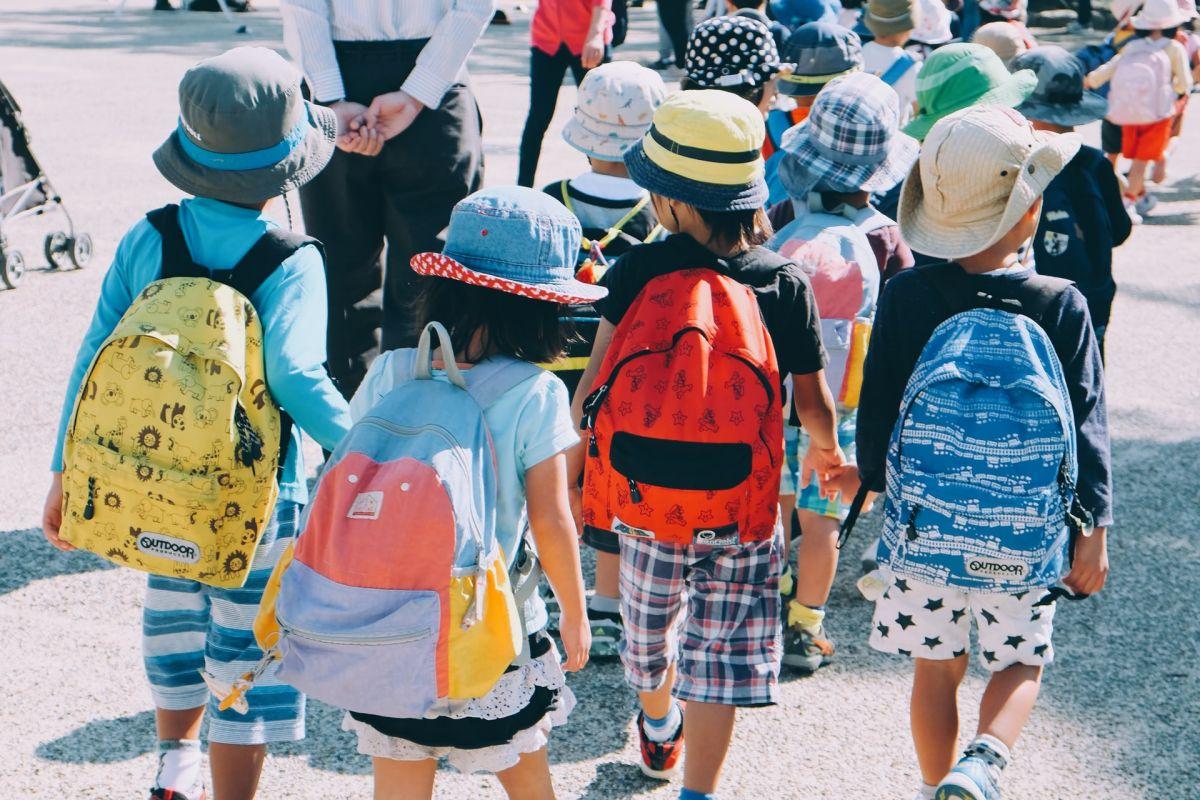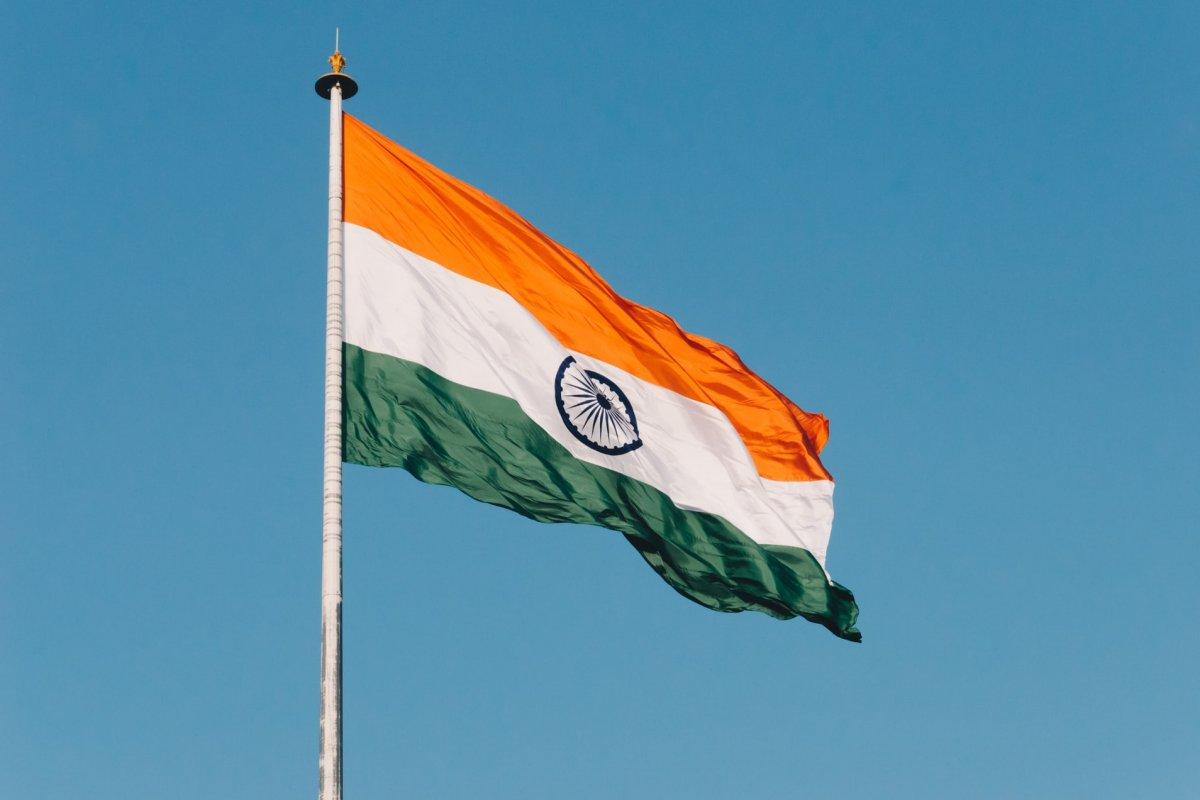22 Denmark Education Facts (all about schools in Denmark)
Did you know that kids call their teachers by their first names? Or that students literally get paid to attend school?
Discover more thanks to these 22 Denmark education facts you will love to know! 🇩🇰 🎓
TABLE OF CONTENTS [show]
The Best Facts About School in Denmark
Denmark is a country located in Northern Europe. It rules over Greenland, and its capital city is Copenhagen, which has a bit less than 800,000 inhabitants.
An interesting part of the country that I wanted to tackle is its education. In light of that, I have listed my 22 best facts about Denmark school system, and I hope you will love them:
1. Education is compulsory for 10 years in Denmark
Just like in many countries, education is mandatory for at least 10 years in Denmark. This is for children aged 6 to 16. Everything starting in tenth grade or before primary school is only optional, though many opt for either pre-school or higher education (or both).
2. Everyone has access to education in Denmark
The major and best feature of education in Denmark is that it is for everyone. In this system, the government makes sure that all young people learn everything they need to be part of the Danish society and contribute to its development.
3. Danish education is free
Not only can everyone learn about anything in Denmark, but it is on top free of charge. Of course, there are still private schools that are not free, but it is entirely possible to get a quality education, completely free. Actually, Denmark is reputed for its free education.
4. Danish people take part in the educational system for their whole life
Everyone in Denmark is actively involved in the educational system. In fact, it is a tradition for them to participate, one way or another, in education for their whole life. They believe that having a highly qualified and well-educated workforce is key for the future of the country.
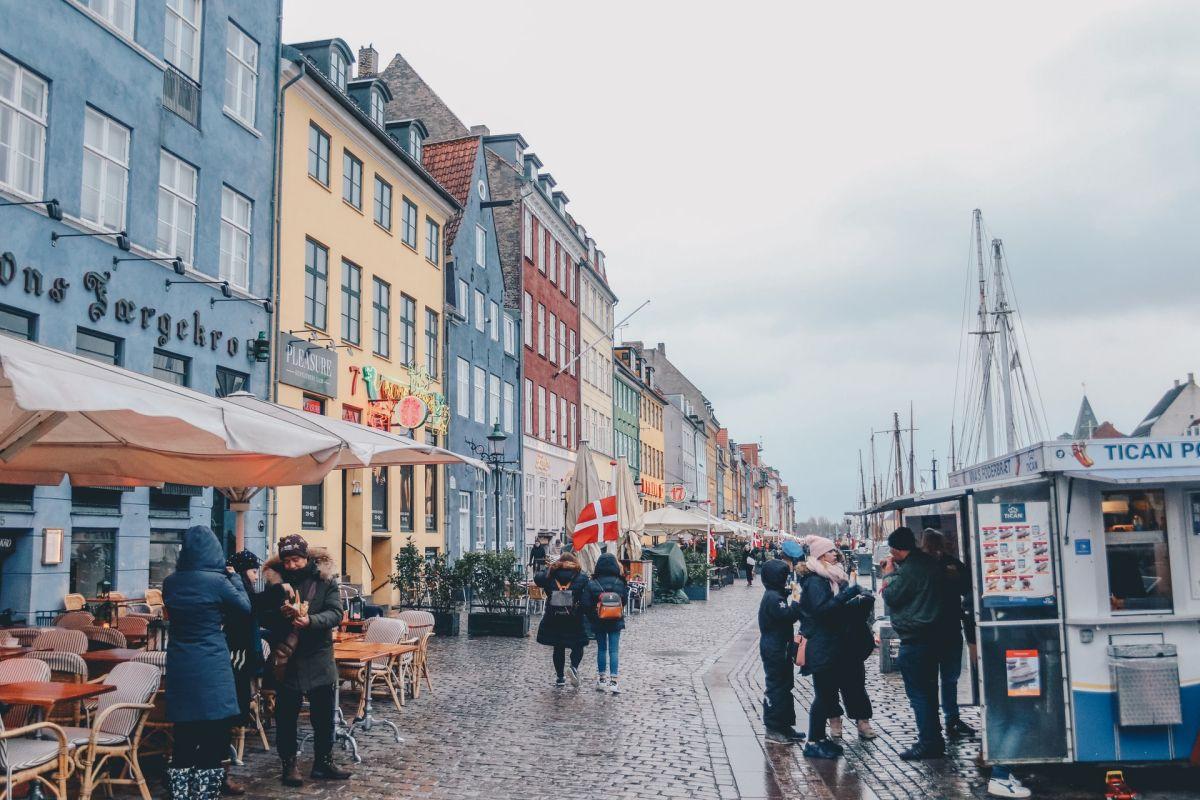
5. Lifelong learning is one of the key concepts for education in Denmark
What I just told you about in the previous fact is actually a pretty important principle in Denmark. Lifelong learning dates back to the 19th century, and it can be summed up quite easily: “we shall all learn in our entire lifetime: children, young people, and adults”.
6. There are 9 lifelong learning objectives in Denmark
Lifelong learning is so important that there is even a national strategy dedicated to it.
It is made of 9 objectives: a coherent and flexible education system, equal opportunities, world-class education, adult education and continuing training, systematic competence development, guidance and counseling, strong interaction, a global perspective, and strong education environments.
7. Educational institutions are self-governing in Denmark
This is quite rare to be completely honest: Danish educational institutions govern themselves. The idea behind that is to ensure students are provided with a very high quality of education, with more options and better geographic coverage, all around the country.
8. Higher education institutions are particularly free in Denmark
Not only do educational institutions in Denmark do quite well on their own, but when it comes to universities and other higher education facilities, there is a long tradition of academic autonomy and freedom. There are still a lot of ground rules laid down by the ministries though.
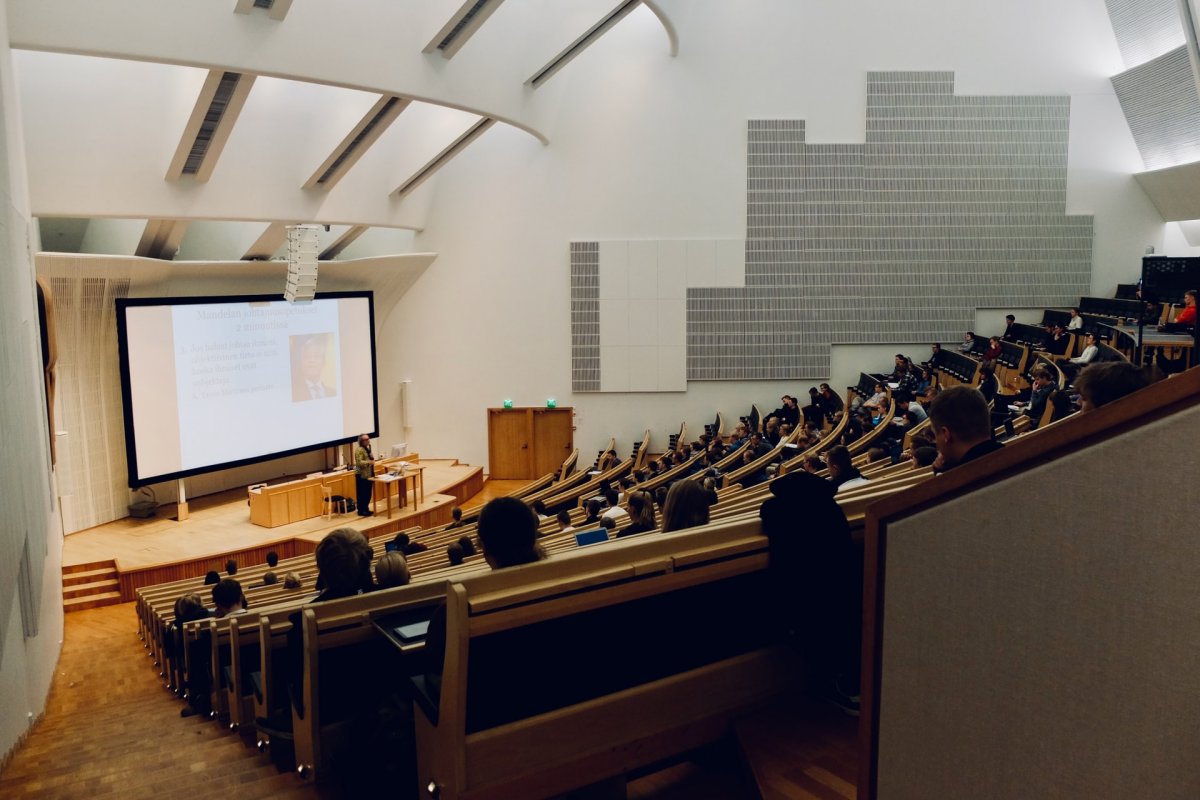
9. Individual higher education institutions need to take a lot of decisions in Denmark
Because of how free Danish higher education institutions are, they also have a lot of responsibilities and need to make a lot of decisions. For instance, they have to choose and update study programs, decide on the duration and the scope and create the content for their courses.
10. Two major Danish ministries are involved when it comes to education
In Denmark, there are not one but two ministries that are in charge of education. Of course, the Ministry of Children and Education is the most obvious one, and it takes care of early childhood to secondary education.
On top of that, the Ministry of Higher Education and Science is dedicated to tertiary education, but also to formal adult education.
11. Two other Danish ministries are also related to education
One way or another, there are also two other Danish ministries that take care of the country’s education. First, the Ministry of Culture is very important because it is responsible for non-formal adult education and training.
The Ministry of Defense is also involved, but it is quite specific as it takes care of specialized programs within the Danish defense.
12. The Danish Ministry of Education sets up the general curriculum for schools
The mission of the Danish Ministry of Education is quite important: it needs to define a curriculum that primary and secondary schools will use. Then, each teacher finalizes the contents of the courses with their pupils. Municipal councils also work with the Ministry.
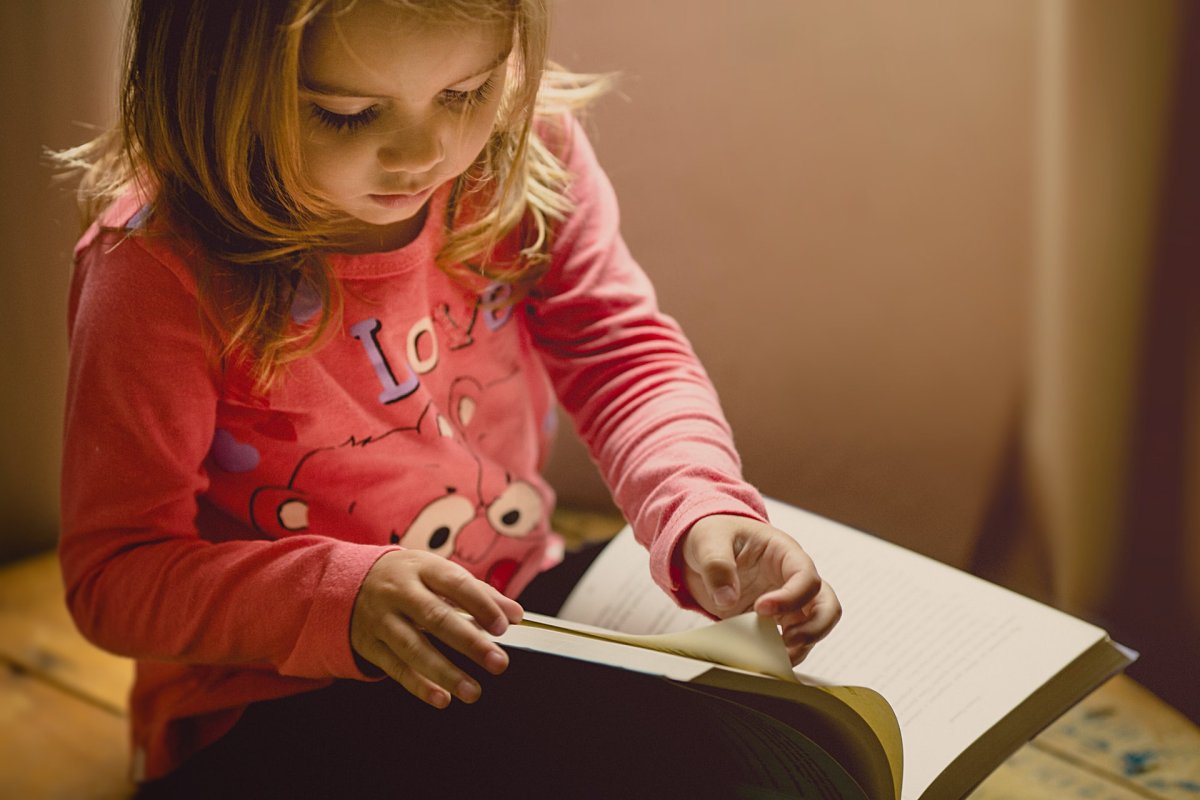
And that is it for the best 12 interesting facts about Danish education…. Wait, did I say 12? Oh yes, because there are 10 more of them, coming right up:
More Facts About Schools in Denmark
There are so many things to say about Denmark education system that I just could not stop after only 12 facts.
Here, have 10 more facts about schools in Denmark:
13. Vocational education and training are strictly organized in Denmark
Until now, I have mostly been writing about academic studies, but vocational education is taken very seriously as well in Denmark.
There are sectoral committees made of equally represented labor market organizations. Technical colleges are also independent, but they are still ruled by the Ministry of Education.
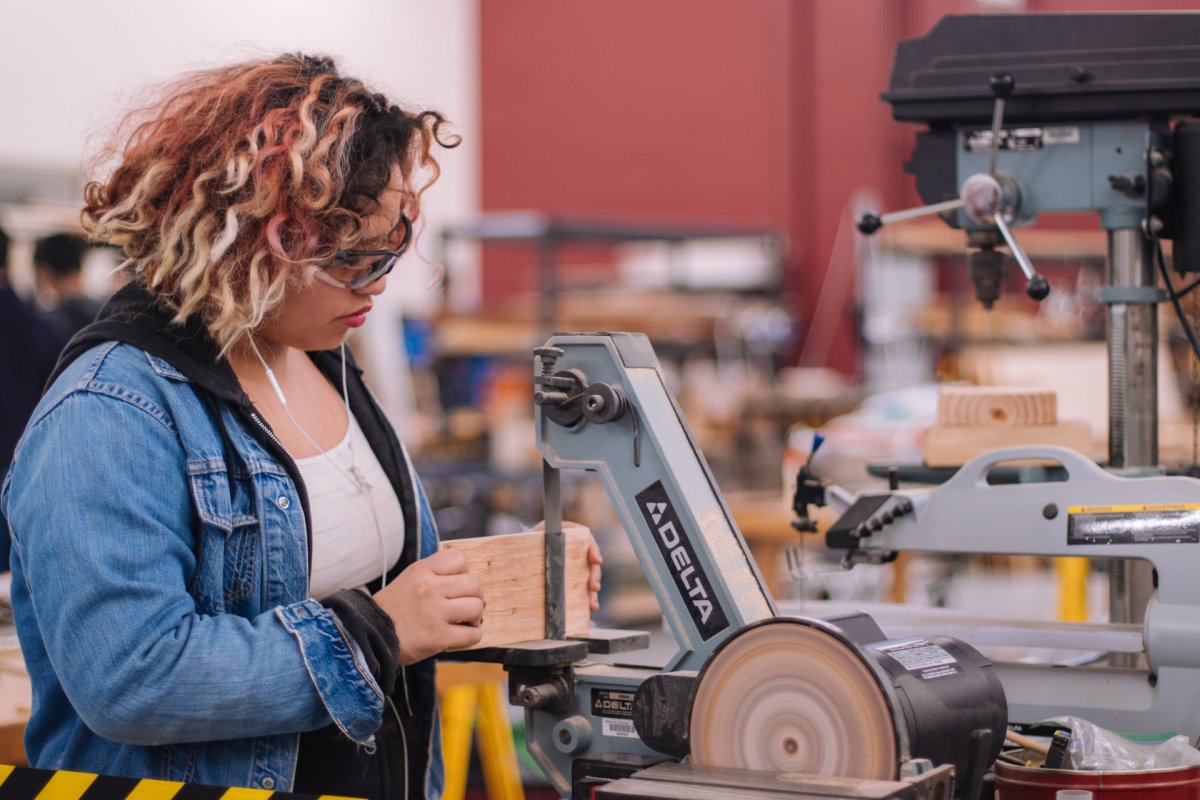
14. There are two Danish education systems: one for kids and one for adults
In Denmark, there is an ordinary education system, similar to that of other countries, but as you already know, adults are also constantly learning. The latter is focused on people aged at least 18, and it makes it possible for them to acquire new skills as well as diplomas.
15. The ordinary Danish education system is very classic
When it comes to child education, the Danish system is not really different from other ones. It starts at the age of 6, but there are also pre-schools.
After that, there is either general upper secondary education or vocational upper secondary education, before finally reaching higher education.
16. Denmark has a very specific educational approach
Denmark is very revolutionary when it comes to education, and that can already be seen in primary education. They always avoid class rankings as well as formal tests and rather insist on children working as a group and being taught to challenge the established way of doing and learning things.
17. While Danish public schools are great, some parents still choose private ones
There is not much to blame on the quality of Denmark’s public schools, but some parents still choose to send their children to private ones. The main reasons are because they want a very specific educational approach, they prefer smaller schools, or for religious reasons.
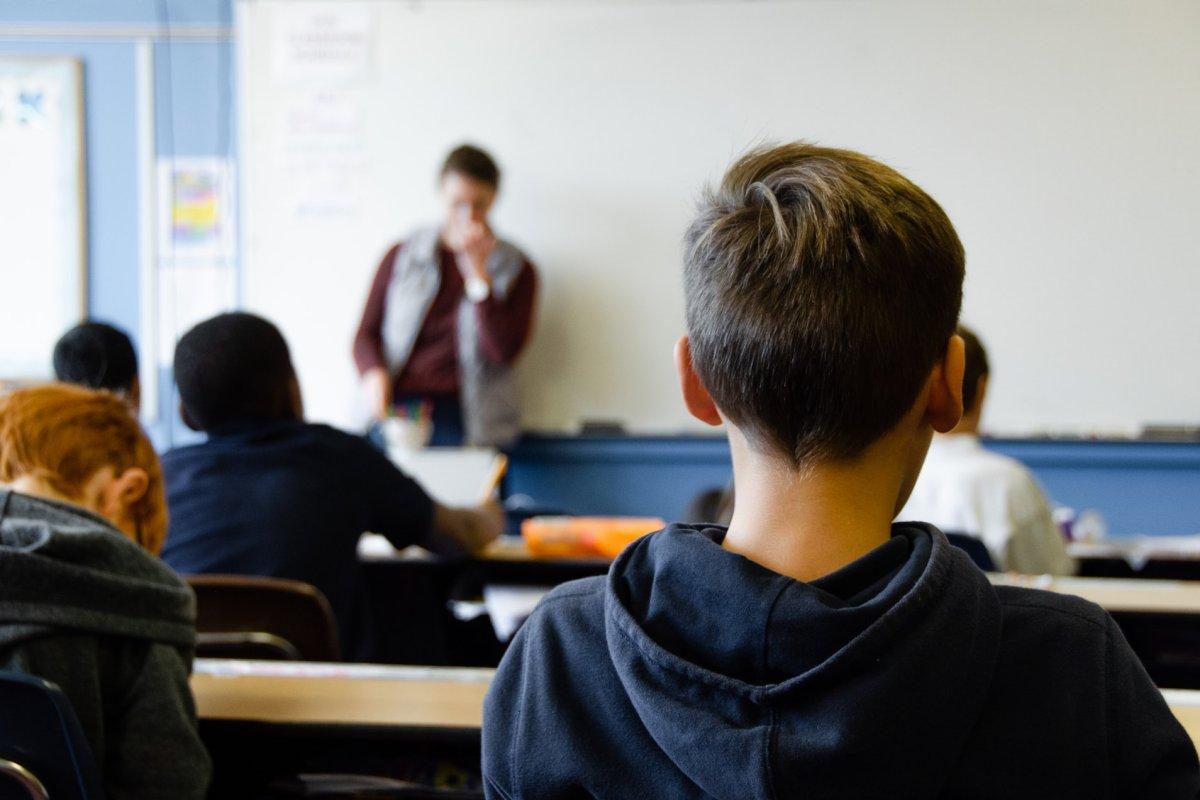
18. There are lots of different private schools and international schools in Denmark
If Danish parents absolutely want a religious school for their child, there are Jewish, Christian, and Muslim schools available to them. Also, English, French, and German international schools are another option, though they are not free.
In any case, all of them still follow the government’s requirements for primary education.
19. Primary schools are not very formal in Denmark
While in some countries, especially China or Japan, there is a lot of formality in schools, and students call their teachers very respectfully and bow to them, this is not the case in Denmark.
It does not mean that pupils are completely disrespectful, but they call their teachers by their first names.
20. University students can get paid to go to school in Denmark
If you are not Danish, you must have heard of this at least once, and you were probably extremely jealous: students are literally paid to go to school in Denmark. And this is true, full-time students are eligible for income support from the government, as a way to help them pay their expenses.
21. Adult high schools are a major part of Danish culture
Folk high schools, or “højskoler”, have been in Denmark since 1844. They were created by Nikolaj Grundtvig, a true educational leader, who wanted to educate rural areas as much as urban centers. There are now 70 of these folk high schools around the country, specializing in subjects like design, film, or sports.
22. Danish students start working before the end of their education
In Denmark, it is very common for students to start their future job before even being completely done with their education. Most of the time choose to be paid as an intern or an apprentice.
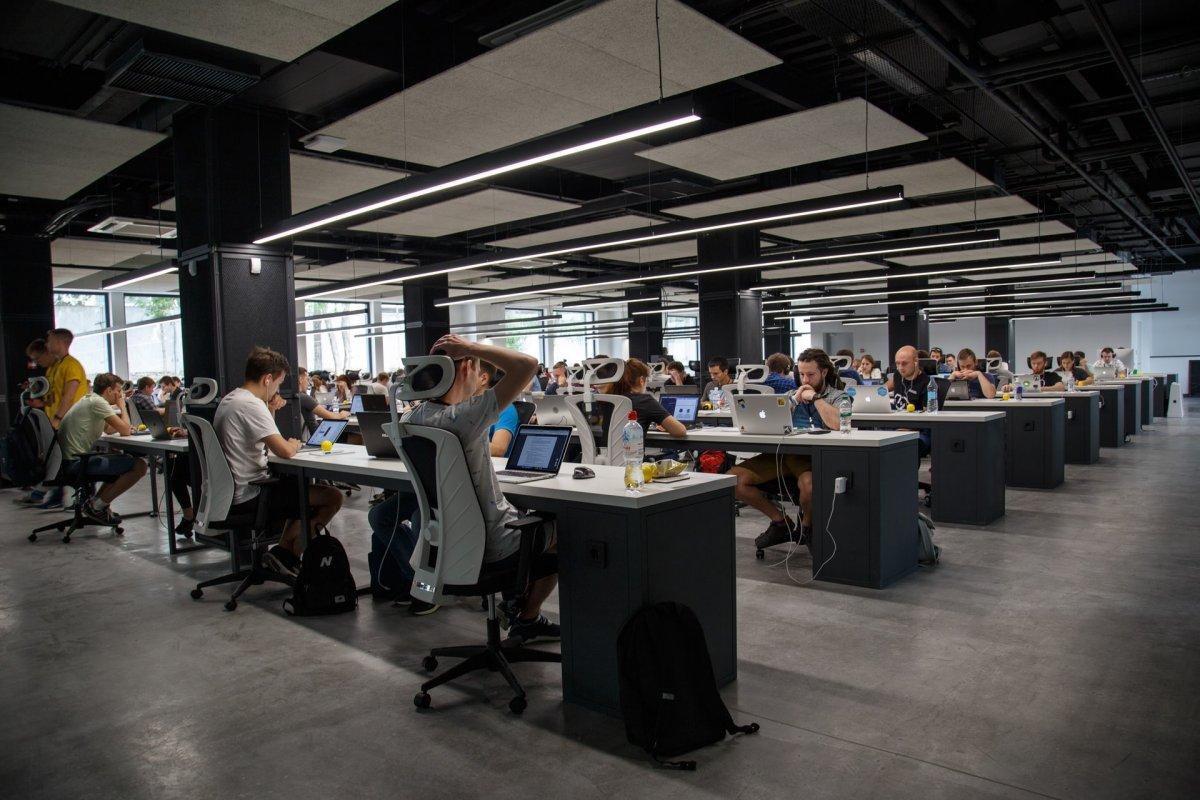
So there you have them, these were all my 22 facts about Denmark schools. I hope you enjoyed them and that you learned something new today.
In case you want to learn more about the rest of the country’s education system, feel free to keep reading, as I still have lots of things to tell you about:
Danish School Hours
Let’s keep going with our next part, dedicated to Denmark school hours. The typical school schedule in one country can often be very different from your own, and it’s always interesting to have more details on how students go on about their day.
Denmark Primary School Schedule
Danish primary school is made of integrated primary education and lower secondary education. Primary education is compulsory from the age of 6 to 16 and is made of a preschool-grade (grade 0) followed by 9 years of studies (grades 1-9).
Children have 30 to 35 hours of school each week. Most schools run from 8 AM to 3 PM.

Denmark Secondary School Schedule
In lower secondary education, nothing is very different from primary education. In Denmark, these two are very similar and are often assembled together. After that comes a tough choice for Danes.
Danish High School Schedule
After primary and lower secondary education comes upper secondary education. Students can then choose their educational path between academic upper secondary education and secondary vocational education.
General Facts About Schooling in Denmark
This last part is dedicated to general facts about schooling in Denmark. More specifically, we’ll check 2 key figures that will give you a better understanding of the education level in Denmark.
Enrollment in tertiary education for Denmark: 81.24%
(Average for regions: Sub-Saharan Africa: 8.6% | South Asia: 20.8% | Arab States: 36.4% | East Asia: 36.5% | Latin America: 43.3% | Europe and Central Asia: 62% | North America: 84%)
Data from World Bank EdStats/UNESCO
Denmark literacy rate: 99%
(Average for regions: Sub-Saharan Africa: 65.3% | South Asia: 72.9% | Arab States: 79.4% | Latin America: 93.7% | East Asia: 95.8% | Europe and Central Asia: 98.5%)
Data from World Bank EdStats/UNESCO
More Education Facts!
Do you want even more education facts about other countries?
Check out these facts:
Or click here to see ALL the education facts up on the blog!
The Full List of 22 Danish School Facts
- Education is compulsory for 10 years in Denmark
- Everyone has access to education in Denmark
- Danish education is free
- Danish people take part in the educational system for their whole life
- Lifelong learning is one of the key concepts for education in Denmark
- There are 9 lifelong learning objectives in Denmark
- Educational institutions are self-governing in Denmark
- Higher education institutions are particularly free in Denmark
- Individual higher education institutions need to take a lot of decisions in Denmark
- Two major Danish ministries are involved when it comes to education
- Two other Danish ministries are also related to education
- The Danish Ministry of Education sets up the general curriculum for schools
- Vocational education and training are strictly organized in Denmark
- There are two Danish education systems: one for kids and one for adults
- The ordinary Danish education system is very classic
- Denmark has a very specific educational approach
- While Danish public schools are great, some parents still choose private ones
- There are lots of different private schools and international schools in Denmark
- Primary schools are not very formal in Denmark
- University students can get paid to go to school in Denmark
- Adult high schools are a major part of Danish culture
- Danish students start working before the end of their education
Share the knowledge! Click on the buttons below to share these Danish school facts with your friends, and help them learn more about the world 🙂

